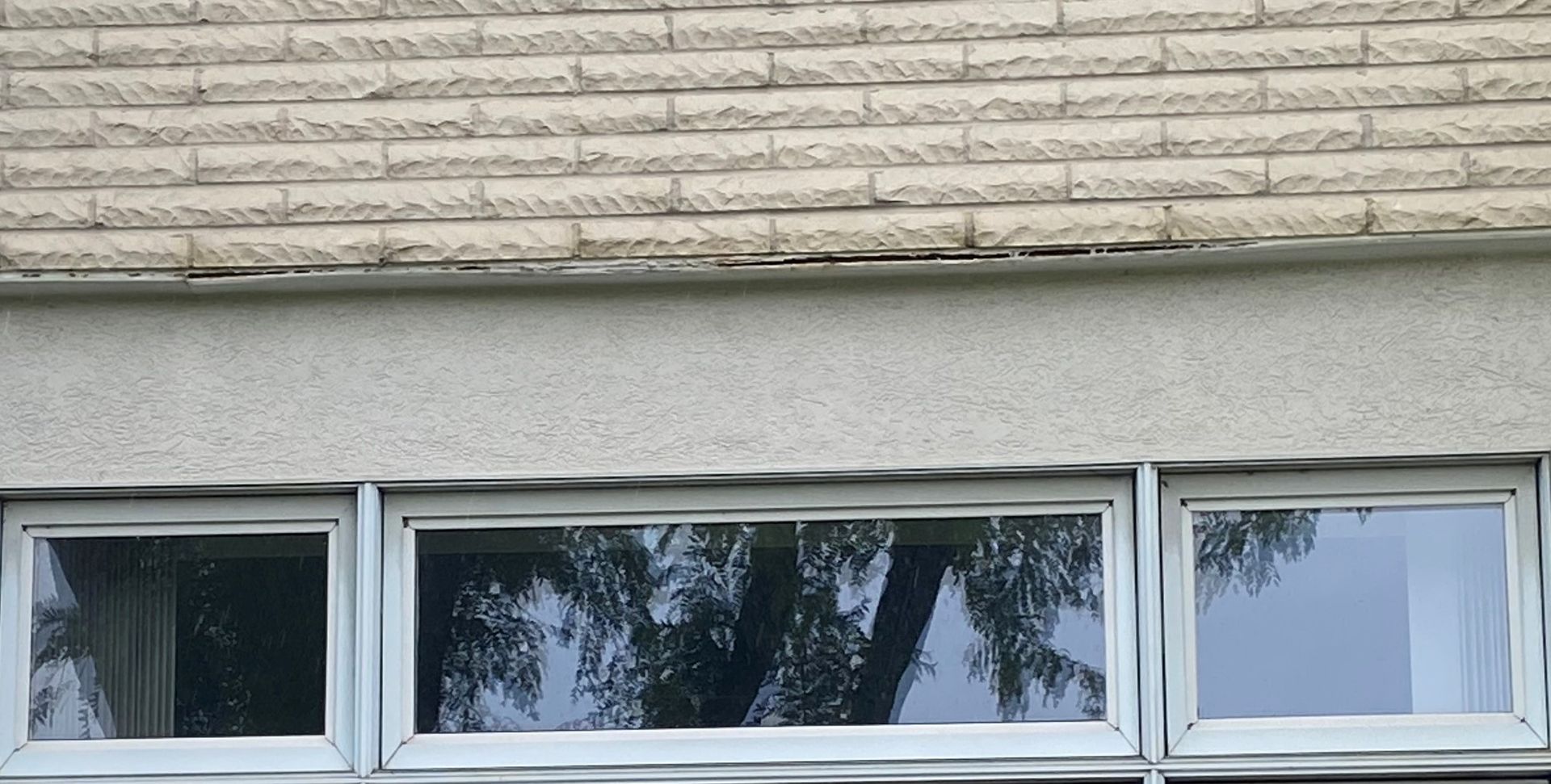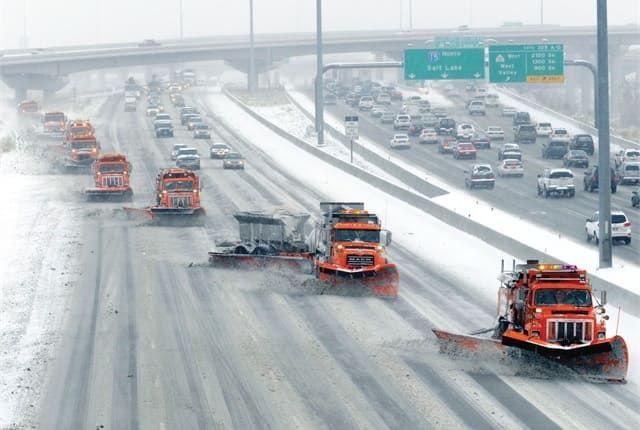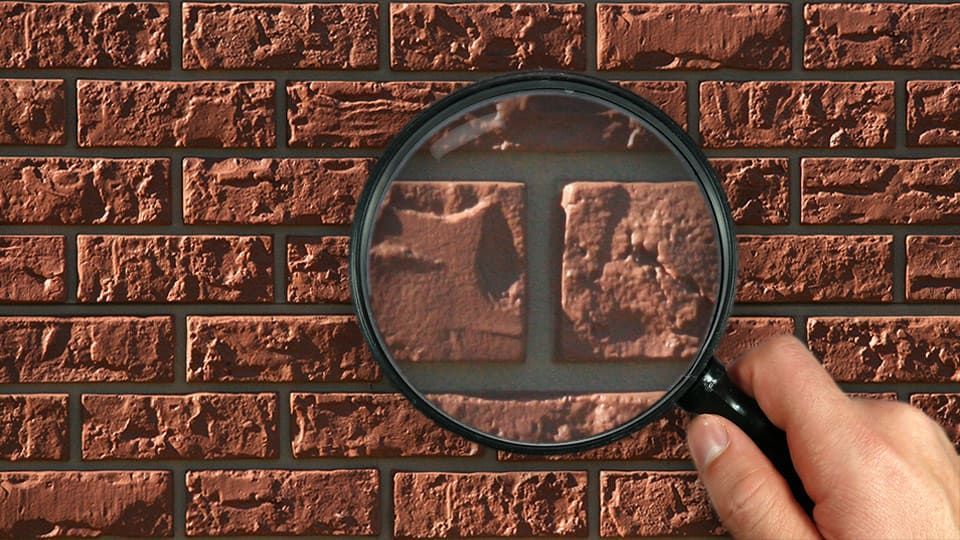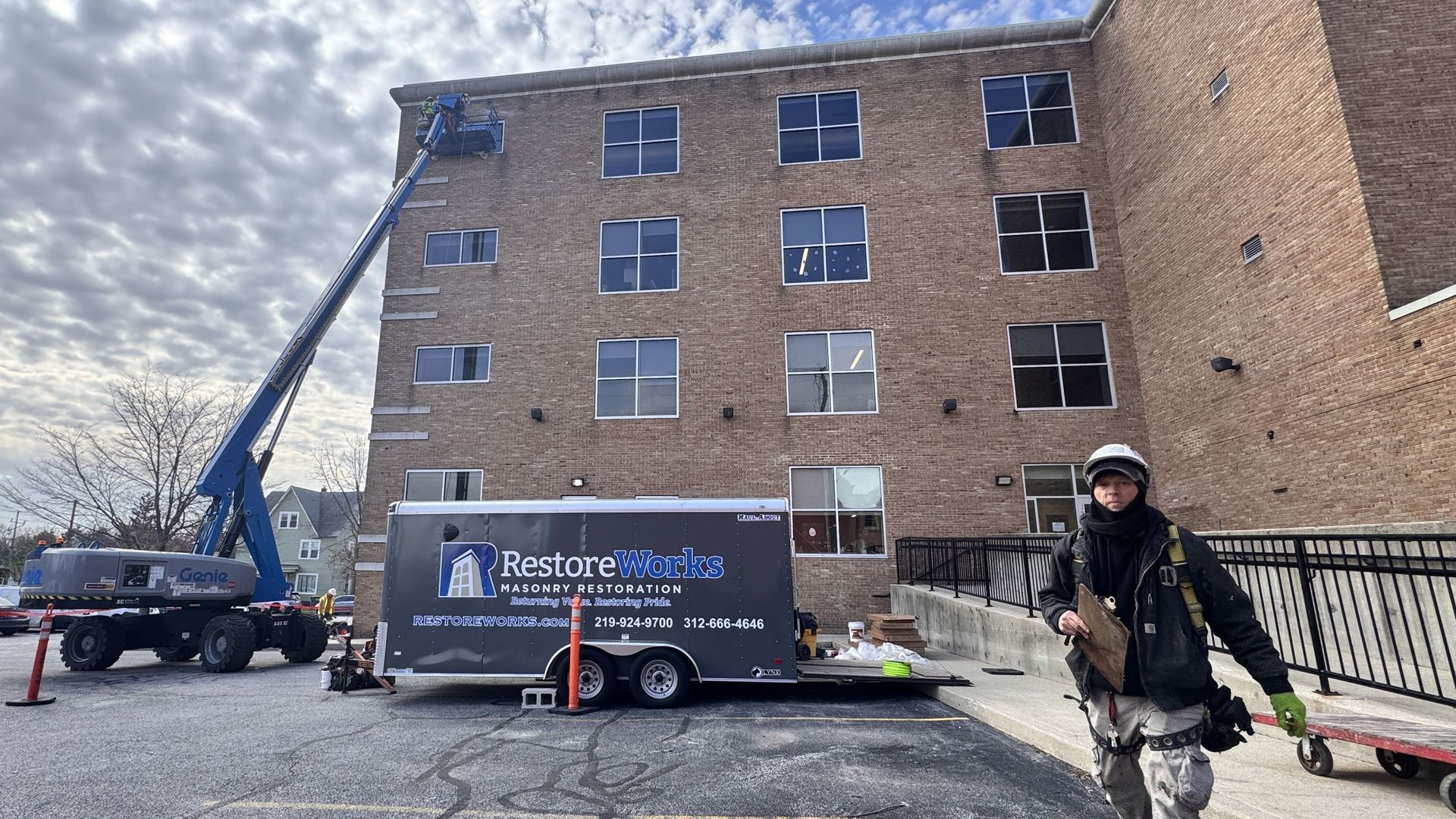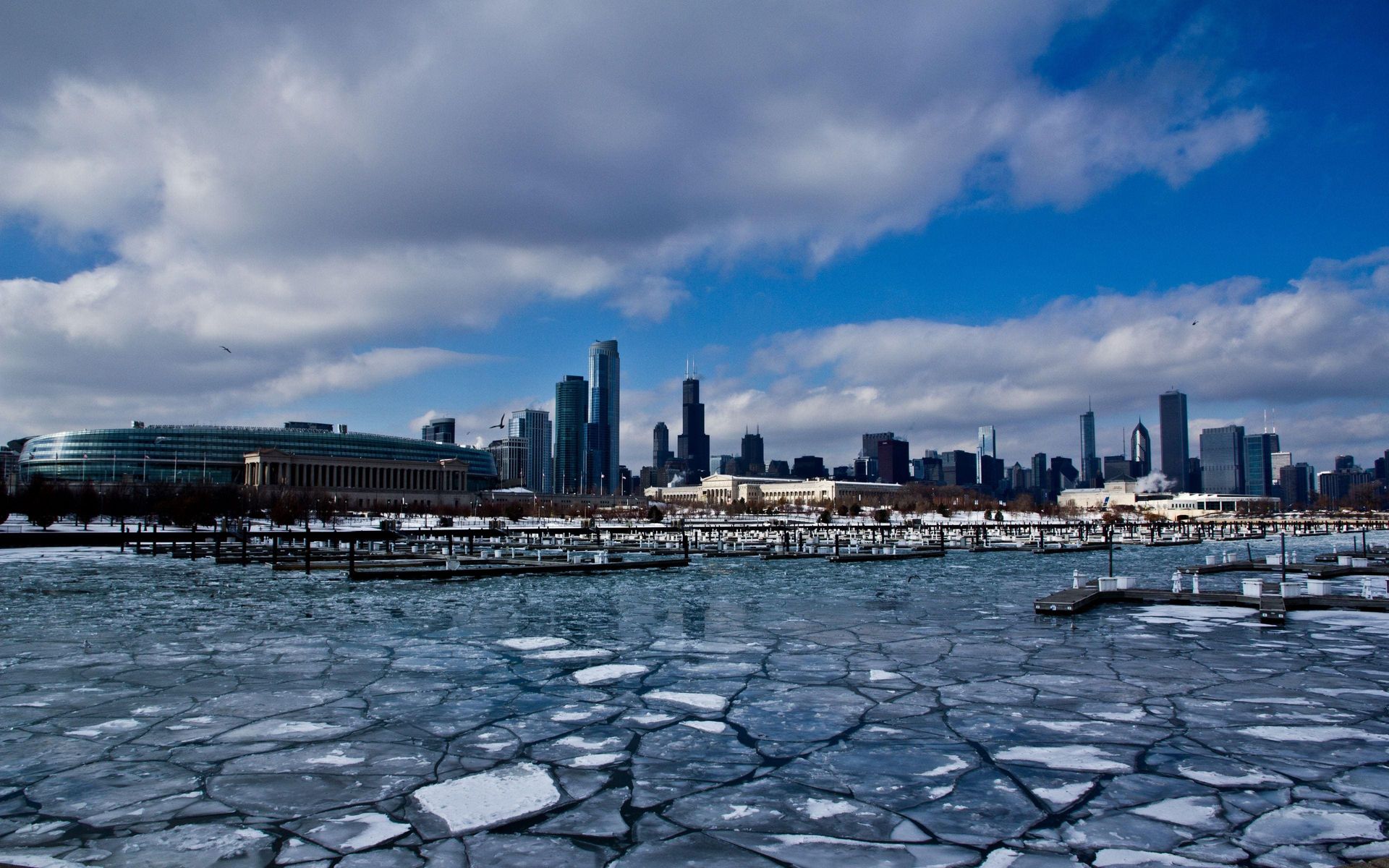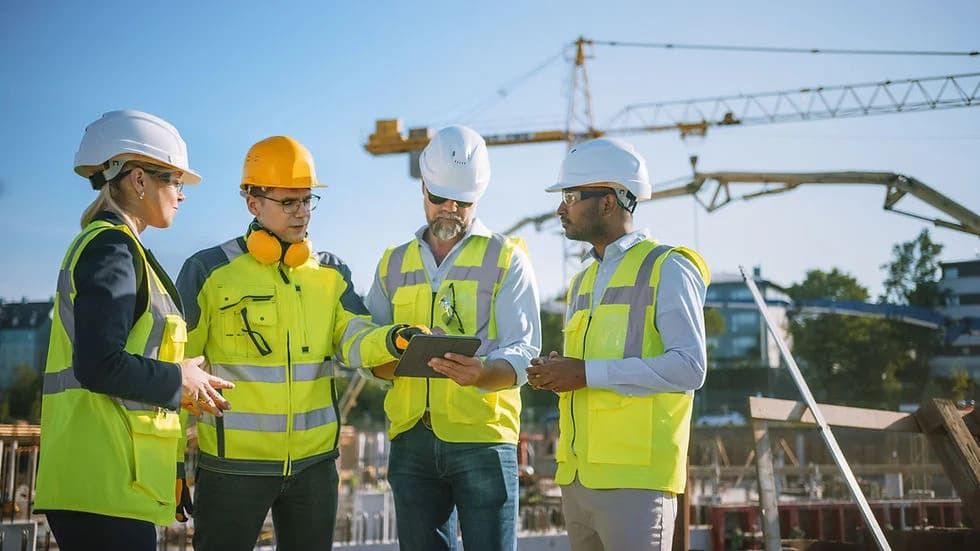If your commercial building shows signs of damaged lintels, it may indicate that water isn’t draining properly from the wall. These horizontal supports are critical to maintaining the structural integrity of your building, especially above windows and doors. Over time, lintel failure signs such as cracks, rust, or sagging can appear due to age, weather exposure, or improper installation. Recognizing early lintel failure helps avoid costly structural issues.
Maintaining the structural integrity of your building starts with paying attention to critical support elements—lintels being one of them. When these components show signs of wear, they can signal deeper structural concerns. Understanding what to look for is key to addressing issues early and avoiding more costly repairs. In this article, we’ll walk through the common indicators of lintel damage and when it’s time to consider lintel repair for your commercial property.
What Causes Rusting Lintels?
Apart from visible cracks, rusting lintels pose a threat to your building's safety and stability. As moisture seeps into the masonry or concrete surrounding the lintel, the metal may begin to corrode and lose strength. When lintel failure cracks develop or cracks appear in the surrounding structure, it’s often one of the first warning signs that the lintel is no longer able to support the weight above. Over time, this weakening can lead to bowing, sagging, or more severe signs of lintel failure.
What Are the Signs of a Failing Lintel?
A failing lintel can cause a number of serious problems for your building. Here are the most common signs of failing lintels:
Cracks in the Brickwork
One of the most obvious signs of a failing lintel is the appearance of cracks in the brickwork above the opening. These cracks can be caused by the lintel under the weight of the structure above it, which puts stress on the brickwork. If left unattended, these cracks can become wider and eventually compromise the entire structural integrity of the wall.
Sagging or Bowing Lintel
A sagging lintel is another common indicator of failure. When the existing lintel can no longer support the weight above, it may bow in the middle or dip at one end. This visible sign could suggest corrosion in steel lintels or degradation in timber or reinforced concrete lintels. Over time, this sagging may affect the alignment of the door or window frame.
Difficulties with Doors or Windows
If you notice that doors or windows around the opening are difficult to open or close, it could be a sign of a failing lintel. It means the lintel is no longer providing adequate support to the structure above it. The lintel may have even shifted out of position, causing the opening to become misaligned.
Cracks or Bulges in the Wall
Cracks or bulges in the wall around the opening could also be a sign of a failing lintel. Walls will crack or bulge when the lintel is unable to bear the load of the structure above it. In some cases, the wall may even begin to bow or lean, which can be a serious safety risk.
Uneven Appearance
You may want to consider replacing or repairing a lintel if it appears to be uneven or out of alignment. A lintel that is no longer providing adequate support to the structure above it causes this misalignment. An uneven lintel can also cause the wall to appear crooked or distorted, which can be unsightly and reduce the value of your property.
What Can I Do About Damaged Lintels?
If you suspect that your lintels may be damaged, don't hesitate to take action. It is better to address problems in lintels before they become more costly. Ignoring the problem can also lead to serious consequences, including structural damage or collapse.
Fortunately, there are a variety of lintel replacement and masonry lintel repair options available depending on the severity of the damage. Your contractor may recommend window lintel repair (or window lintel replacement), brick lintel replacement and repair, column lintel repair, concrete lintel repair, or even replacement of the entire lintel area.
Older structures (older than 40 years) typically only had steel lintels installed. Today’s standard includes the use of flashing and end dams to prevent water from staying in the wall and on the lintel.
A potential lintel repair often is to install or replace the flashing that is intended to allow moisture in the wall to migrate out instead of dwelling on the steel lintel, which will create corrosion.
If you’ve noticed any signs of damaged lintels, it’s important to act before the issue leads to more serious structural concerns. RestoreWorks Masonry Restoration provides masonry lintel repair in the Chicago area. With years of experience in the industry, our team of experts is well-equipped to handle all types of lintel repair and restoration projects. We use only the most up-to-date materials and procedures, and all of our field personnel are formally trained on how to install lintels and flashing, ensuring that your structure is restored to its original condition and is safe and stable for years to come.
To ensure that your damaged lintels are repaired and restored by a professional and reliable team, contact us today!

